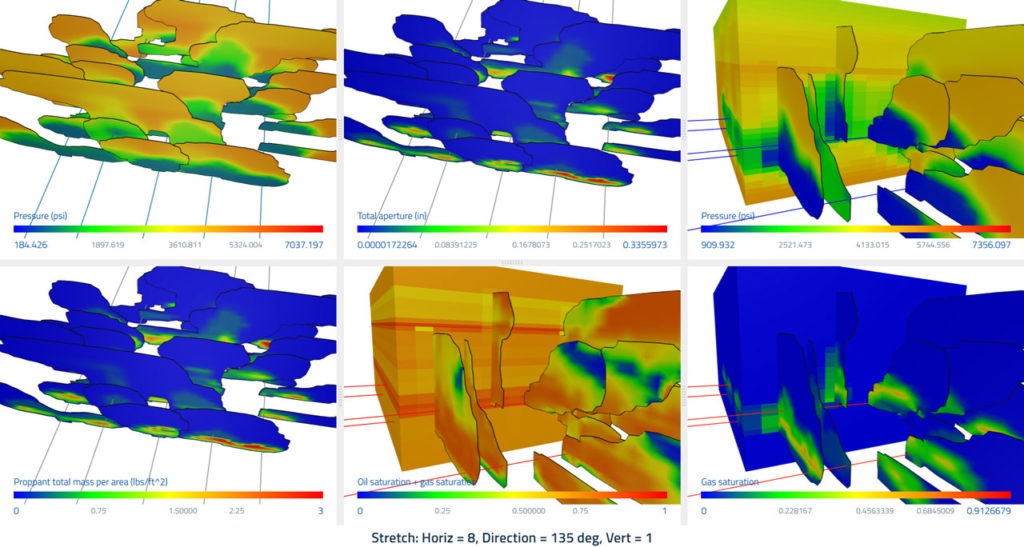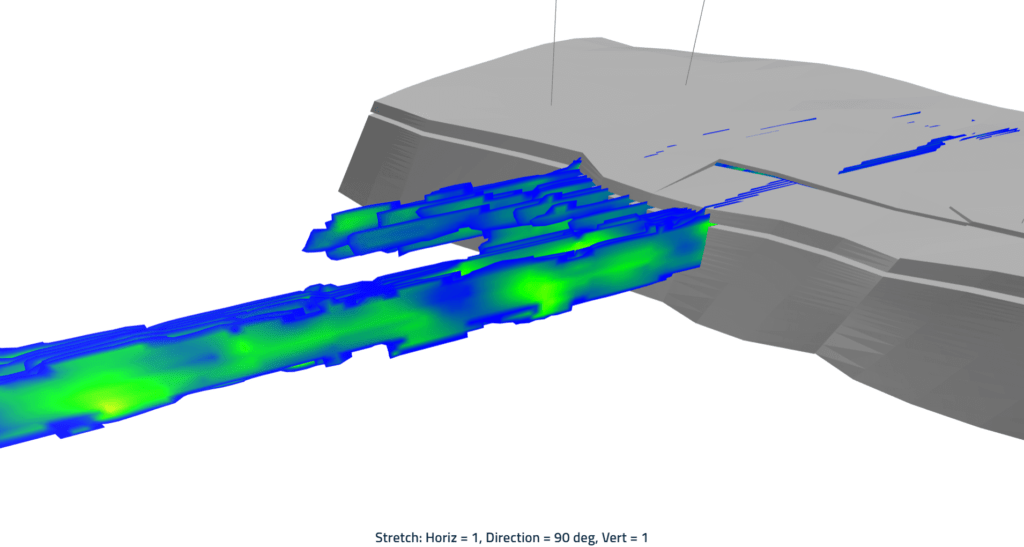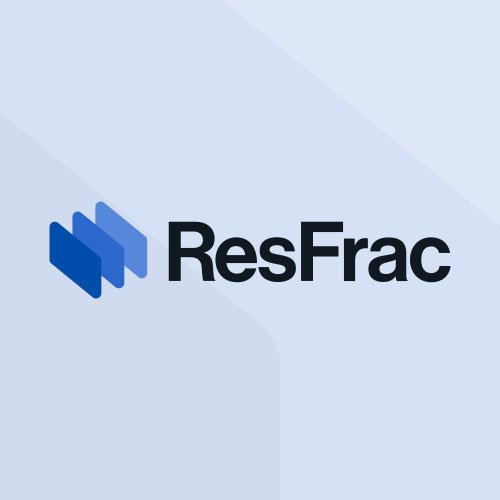Epistemic Challenges for Subsurface Engineering, Part II: Creating Value with a Hypothesis-Driven Workflow

How can we reconsider our approach to subsurface engineering in order to evaluate claims of truth and drive long-term value? I propose a hypothesis-driven approach, in which field testing is placed at the center of our efforts to assess the truth and improve over time. Physics-based and data-driven approaches are used as hypothesis-generating activities that motivate and prioritize hypothesis testing through field operations. Effective field testing requires the coordination of operations to enable clean well-to-well production comparisons and the design of data collection to enable strongly supported conclusions. Field testing need not increase the cost of field operations if it is done through intentional and thoughtful planning.
Epistemic Challenges for Subsurface Engineering, Part I: The Persistence of False Beliefs

In a recent blog post, I outlined how companies use field tests, modeling, statistical analysis, and laboratory studies to improve over time. Information is synthesized as part of an iterative process of continuous improvement. In this post, I discuss what happens when the process of continuous improvement runs into trouble. In uncertain environments (like subsurface shale), there is a tendency toward overconfidence. We need to act, and in doing so convince ourselves that we are making the right decision. Sometimes we hire experts who ‘confidently confirm’ our beliefs. This is symptomatic of a phenomenon called confirmation bias, where we tend to ignore new data and outcomes that contradict our initial beliefs. After committing to strong claims, we may have difficulty changing course when it becomes apparent that they are not consistent with observations. This can cause false beliefs to persist for years, long after they have been falsified by field data.
Why Multistage Stimulation is the Most Exciting Idea in Geothermal

This blog post reviews technical opportunities and challenges for next-generation geothermal systems. Multistage hydraulic stimulation, which has been transformative in the oil and gas space, has the potential to create a breakthrough for geothermal energy.
Introducing ResFrac’s Sensitivity Analysis Tools

ResFrac’s sensitivity analysis tools help operators to create, run and interpret batches of simulations that vary systematically, enabling convenient and reliable work flows to test ideas and optimize economic performance.
The ResFrac Parent/Child Industry Study has Kicked Off!

ResFrac’s Industry Study will be studying the interactions between parent wells and child wells (infill wells) to identify optimizations that improve economic performance.
Why Deep Closed-Loop Geothermal Is Guaranteed To Fail

Deep closed-loop geothermal relies on heat conduction to bring energy to the wellbore. Conduction through rock is slow: a fundamental problem that will prevent the concept from ever being economically viable.
Modeling Frac Hit Damage in ResFrac

Shale wells often experience huge production losses after a frac hit. For example, Figure 22 from King et al. (2017) shows a parent well in the Woodford that experienced a […]